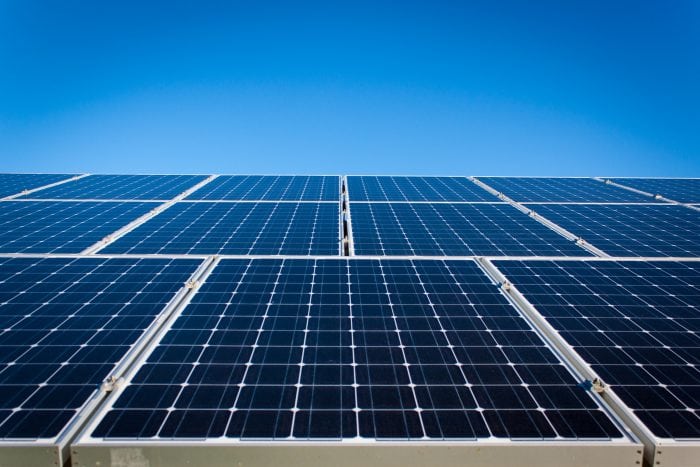
Solar power is the world’s most abundant energy resource, and photovoltaic cells are the most promising avenue for directly converting the photons to electricity. With the development of the photovoltaic market, alternative “third generation” technologies such as organic-inorganic hybrid perovskites (CH3NH3PbX3) have recently emerged as the most promising next-generation photovoltaic materials due to their marvelous photophysical properties. Despite the efficiency race, questions regarding stability at high temperatures and moisture are being addressed.
Inorganic CsPbX3 perovskites have gained great attention owing to their excellent thermal stability and carrier transport properties. And early pioneering work has demonstrated that CsPbBr3 perovskites possess ultra-high mobility for both electrons and holes, indicating potential applications in efficient optoelectronics with excellent thermal stability. However, several solution-processed approaches to fabricate inorganic CsPbX3 perovskite solar cells have been reported, photovoltaic device performance is still far inferior to that of their hybrid analog, CH3NH3PbX3, to date.
Based on the previous researches, researchers believe that insufficient film thickness and undesirable phase transition are the two major obstacles limiting the device performance of inorganic CsPbX3 perovskites. The established single-step deposition methods solely relied on mixed stoichiometric amounts of cesium halide (CsX) and lead halide (PbX2) as precursors. But this precursory solution suffered from low molar concentration and the resulting film thickness was severely limited. Besides, as an active absorbing layer, the perovskite component should have a reasonable bandgap to ensure more efficient optical properties.
The black cube phase of iodide-rich narrower-band-gap CsPb(I1-xBrx)3 (x < 0.5) perovskites are thermodynamically unstable at room temperature, and the band gap for bromide-rich CsPb(I1-xBrx)3 (x > 0.5) perovskites is too large to sufficiently harvest photon energy. In a word, how to ensure the inorganic perovskite active layer has enough thickness and significantly improve its thermodynamic stability has become the key to greatly improve the application value of inorganic perovskite solar cells.
This paper reports a facial single-step deposition method to fabricate high-efficiency a-CsPbX3 perovskite solar cells. They used highly soluble cesium acetate (CsAc) and hydrogen lead trihalide (HPbX3) as a new precursor pair for the first time to overcome the aforementioned Cs-precursor solubility limitation. The strong interaction between CsAc and HPbX3 induced precursors transforming into ultra-smooth, high-quality CsPbX3 perovskite films at relatively low temperature. The best-performing PCE based on CsPbI2Br perovskite reached 10.99%, which is superior to the best vacuum-deposited CsPbI2Br solar cells to date.
Furthermore, the reduced-dimensional (quasi-2D) perovskite was formed by introducing a larger organic cation, phenylethylammonium (PEA, C8H9NH). Unprecedentedly, the resulting quasi-2D perovskites significantly suppressed the undesirable phase transition of the films, and thus greatly reduced the film’s trap-state density. The inorganic a-CsPbI3 solar cells produced through this approach exhibit a highly reproducible PCE of 12.4%, together with greatly improved performance longevity.
The work is significant as this approach is highly robust and compatible with a large-scale, low-temperature roll-to-roll process. And the innovation described here paves the way for the manufacture of large-scale flexible inorganic perovskite solar cells with a highly photovoltaic performance and improved stability.
Above findings are described in the article entitled Reduced-Dimensional a-CsPbX3 Perovskites for Efficient and Stable Photovoltaics, recently published in the journal Joule. This work was conducted by Yuanzhi Jiang, Jin Yuan, Youyuan Ni, Mingjian Yuan and Jun Chen from the Nankai University, Jien Yang from the Henan Normal University, and Yao Wang and Tonggang Jiu from Qingdao Institute of Bioenergy and Bioprocess Technology.








